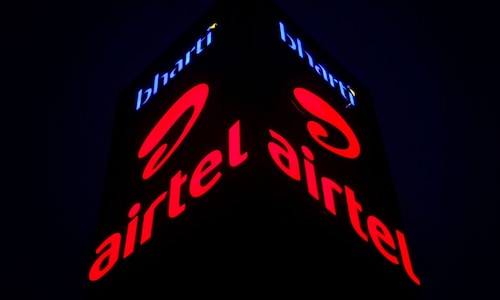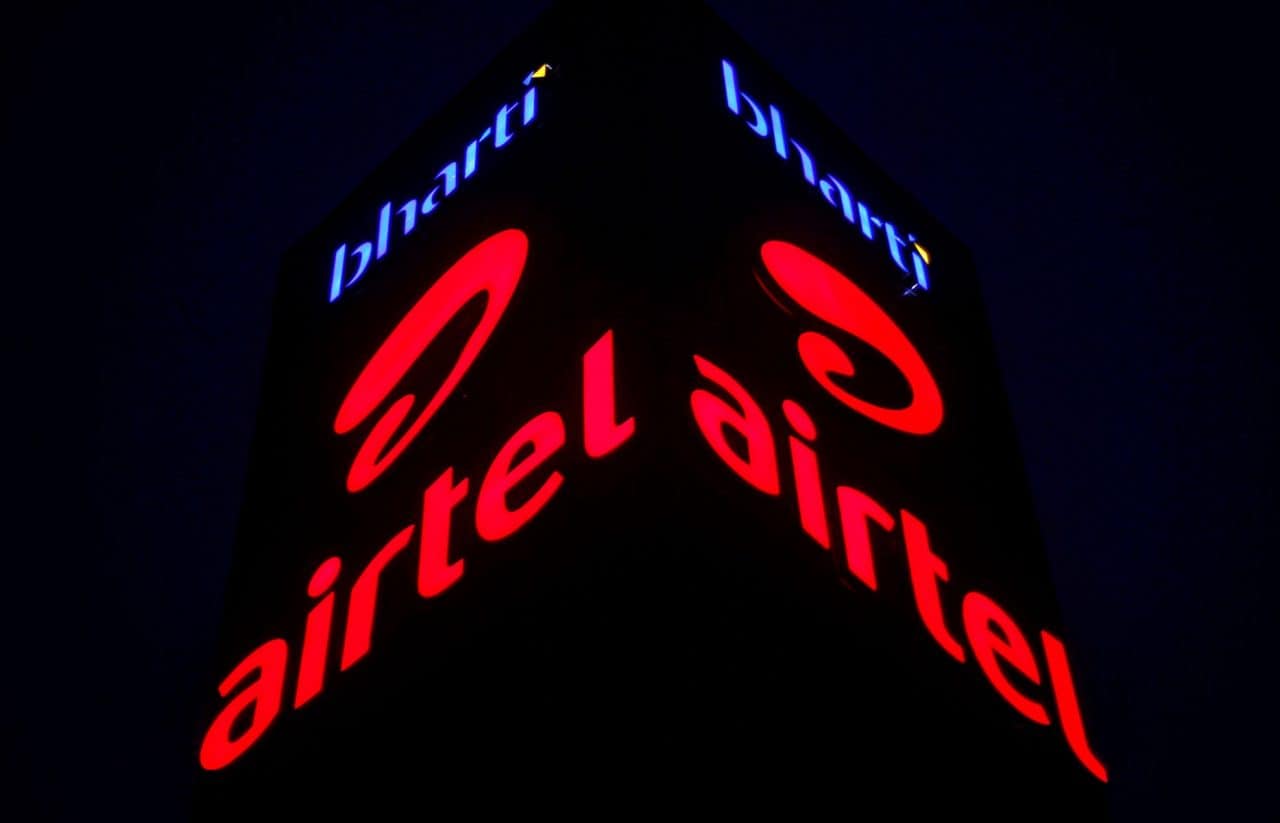

| Company | Value | Change | %Change |
|---|
Between FY16 and FY19, Airtel’s wireless revenue fell 25%, and EBITDA dropped 57%, pushing the company into a loss-making position from FY19 to FY21. However, a strategic overhaul enabled Airtel to stage a remarkable improvement, according to the Motilal Oswal Annual Wealth Creation Study 2024.
The report highlights how a series of tariff hikes following industry consolidation allowed Airtel to focus on premiumisation, targeting high-value customers and improving average revenue per user (ARPU). Simultaneously, Airtel launched its “Project Leap” initiative, committing ₹600 billion to enhance its network capacity and coverage.
Also Read: Adani Green leads India’s top 10 fastest wealth creators between 2019-24
Airtel further strengthened its market position through acquisitions, gaining spectrum and subscribers from exiting players like Telenor and Tata Teleservices. At the same time, the company adopted a cost optimisation program, streamlining operations, reducing sales and marketing expenses, and maximising network-sharing opportunities. To fund these expansive initiatives and maintain financial stability, Airtel raised $20 billion through a combination of equity, debt, and asset monetisation.
By focusing on premium customers, Airtel introduced tiered tariff structures and bundled services such as Airtel Black, which combined home broadband, mobile, and DTH services under one plan. This approach improved customer retention.
By FY24, these measures delivered strong results. Consolidated revenue grew at a CAGR of 13% between FY19 and FY24, while EBITDA rose at a 25% CAGR. Enhanced free cash flows allowed the company to reduce debt and solidify its financial position. Airtel’s market capitalisation mirrored its operational success, growing 4.3 times between FY21 and FY24.
Also Read: UBS strategist weighs in on India’s market recovery, retail risks, and Trump-era challenges
(Edited by : Ajay Vaishnav)



